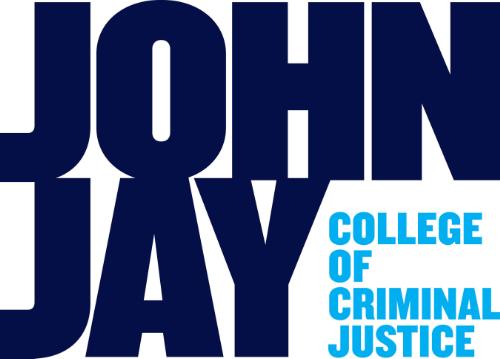
Publications and Research
Document Type
Book Chapter or Section
Publication Date
2013
Abstract
Popular musics arc best understood as comprising those genres whose styles have evolved in an inextricable relation with their dissemination via the mass media and their marketing and sale on a mass-commodity basis. While much popular-music activity takes place independently of the mass media, other essential aspects of popular-music production and marketing arc inevitably inseparable from technologies of mechanical reproduction, which perforce condition aspects of music culture in general. Hence, just as one could speak of military cultures based around the stirrup, or later the firearm, or agrarian cultures based on the hoe, the ox, or the tractor, so do diverse means of mechanical reproduction form the cores of technocultures with their own attendant characteristic forms of production, exchange, meaning, and even specific musical features. The advent of recording has tended to promote, among other things, the popularity of the three- or four-minute song, an unprecedented standard of perfectionism in performance, and, in a genre like early jazz, a preference for some instruments and techniques (such as slap-bass playing) over others (such as the drum-set, which did not record well) (Katz 2010). The history of popular musics is in many respects a study of how producers and consumers, as active agents, form music cultures conditioned by the distinctive limitations and opportunities presented by specific forms of technologies. In this chapter, I use the notion of technocultures to suggest some broad perspectives on the historical development of popular music, especially outside the mainstream West, and to look at a set of distinctive music subcultures based around specific uses of extant technologies.


Comments
This work was originally published in "The Cambridge History of World Music," edited by Philip V. Bohlman and available at https://doi.org/10.1017/CHO9781139029476.004